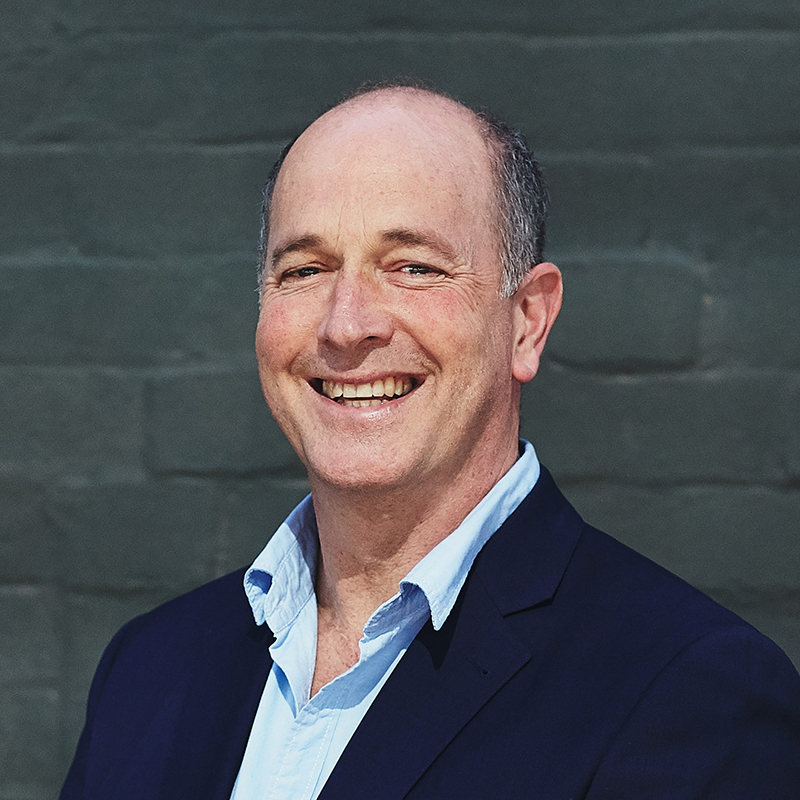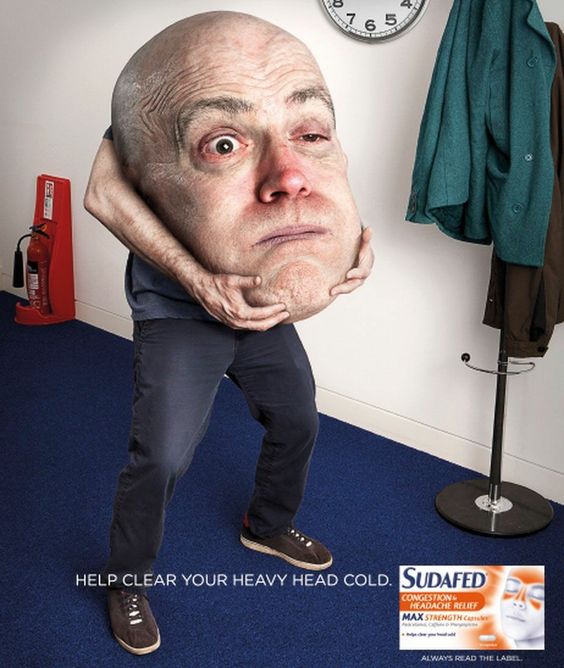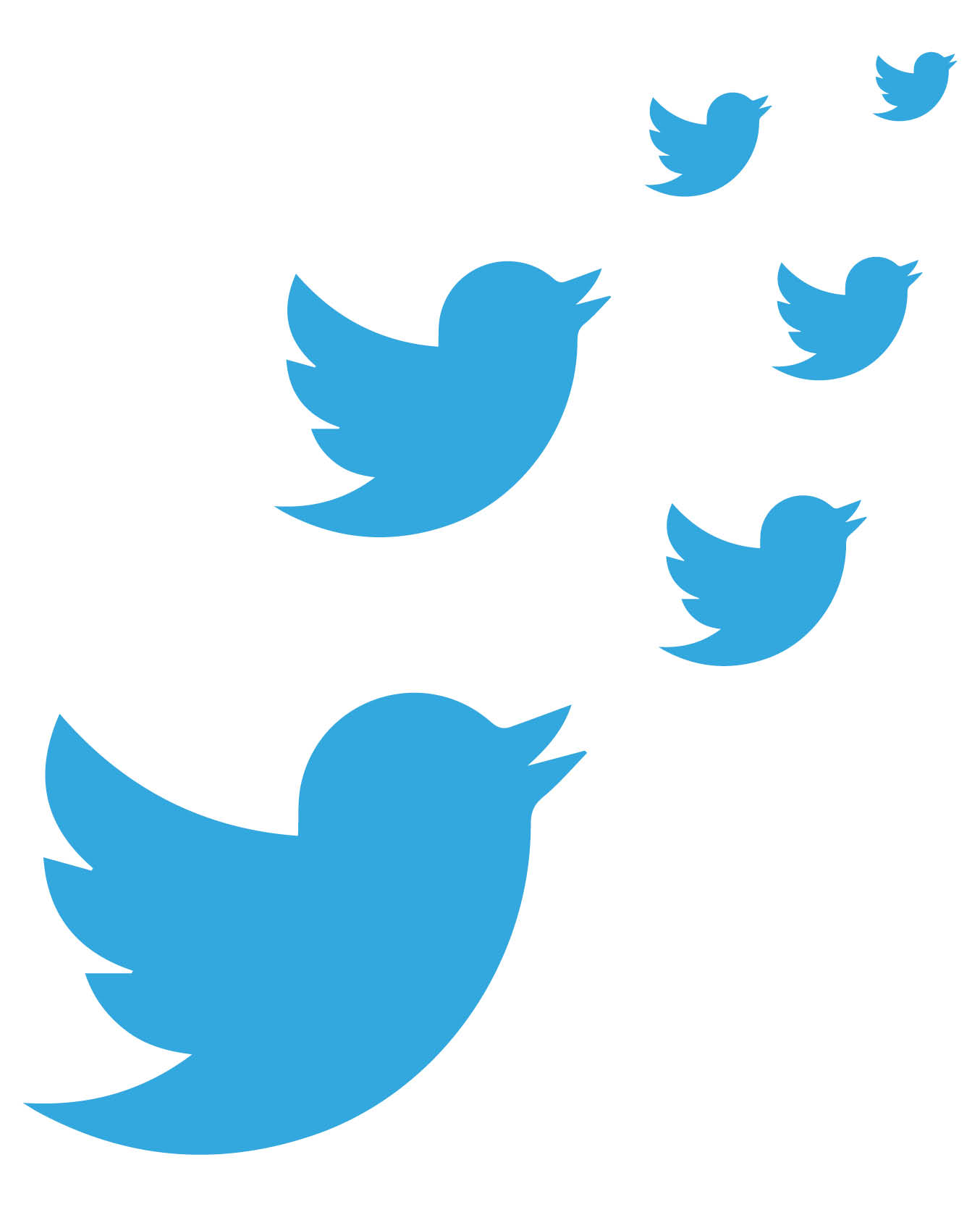The new year’s break is always a time of heightened emotions.
There’s the rush of all that shopping, the stress of family get-togethers, the joy of giving – and the ‘let down’ when we don’t get the gift we expected.
There’s the anxiety of racing off on holiday; the disappointment when ‘batteries aren’t included’; the excitement of the children and the sheer bliss we get when we finally relax with a good book and a quiet sip of our favourite beverage!
It’s a roller coaster of emotion that’s compounded because we’ve broken from our work routines. For a while we let our guard down and think about what really matters in our lives – moments with family and good friends and time spent doing the things we really want to do.
And even though we may not want to, inevitably we find ourselves ‘talking shop’ as we answer the question ‘how’s your year been?’
As was the case over my break, at a relaxed barbeque hosted by a friend who happens to be a highly experienced and well regarded urologist.
He asked how my year had gone, as he’s genuinely interested in the creative process and my role in helping pharmaceutical companies in their marketing to doctors across all therapy areas.
And because I’m genuinely interested in what motivates an experienced doctor to choose one medicine over another, we got to talking about the decision making process of doctors prescribing potentially life changing medicines to their patients.
When I mentioned that Bastion Brands specialize in using emotion to add a human connection to the scientific evidence, he questioned how this would work.
I explained that in the ‘non-pharma’ world, neuro-imagery has shown that consumers base their choices more on emotions, feelings and experiences rather than product features and facts; and that research has proven emotional response to a simple print ad, for example, has over 200% greater influence on a purchase decision than the actual content.
He argued that, as a doctor, he actually tries to ‘block out’ the emotion when it comes to his patients, particularly in his line of therapy where he often deals with highly sensitive, life threatening illnesses such as prostate cancer. He concluded that if he allowed himself to make an emotional connection with his patients he would struggle to cope.
Not being a doctor and living with this day to day, I could only agree with him. However, I still pushed the idea that surely he was swayed by and emotional argument when it came to advertising or information?
Surely as a consumer he too had purchased purely on emotion, not because his decision made sense? Otherwise I would have to question the whole notion of our brand platform ‘where science and emotion collide’!
It wasn’t until later in the evening, when I was relating some detail about a new campaign we are about to launch for one of our clients, that his ears pricked up again. As I got to the end of my description of the campaign – for a drug that is a last line treatment for a terminal condition – and the emotional triggers behind the key messaging, I noticed tears actually welling in his eyes. (And it wasn’t because he’d gone back to chopping onions!)
What caused the reaction was simple – I’d recounted a truth he could identify with, and it resonated in a deep way.
So whilst it may not change his focus when face to face with some of his patients, it did reaffirm to me the power of a message charged with emotion to drive change, cause a reaction and create change. To make someone stop and think and engage in a personal way.
It reaffirmed to me that a message that leads with emotions – and touches on personal feelings and experiences is actually stronger than messages based on pure science, brand attributes, features or facts. It’s a way that goes beyond the features of the medicine. Beyond the data of trials and research, and into the very heart of the matter – what it means to the patient.
And that’s a connection we can all relate to.

Bruce Williams
Creative Director
Bastion Brands












